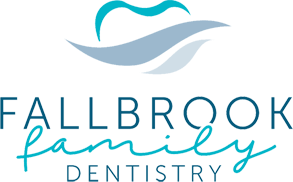Smile with Invisalign Teen®!
November 4th, 2020

Invisalign Teen is designed with today’s youth in mind. These clear, removable orthodontic aligners can straighten your teeth without the need for metal wires and brackets. Unlike traditional braces, Invisalign Teen aligners are comfortable, nearly invisible, and removable, which allows you to remove them as you eat your favorite foods and brush and floss your teeth. Invisalign Teen motivates teenagers to enjoy life without restrictions while promoting better overall dental care.
Key features of Invisalign Teen
Teenagers are constantly on the move and require special options when it comes to their braces. Invisalign Teen utilizes the same technology as Invisalign for adults; they consist of a series of clear plastic aligners that gradually move the teeth. Extra features designed especially for teens include:
- Blue wear-indicators on the aligners that gradually fade from blue to clear to help you, and our team, gauge wear time
- Aligners designed to compensate for the growth of molars and new teeth
- Customization to fit your mouth correctly and comfortably
- Removable and nearly transparent to ensure you can eat with freedom and smile with confidence
- Six free individual replacement aligners in the event that your aligners become misplaced or lost
Conditions improved by Invisalign Teen
Between 70 and 80 percent of adolescents in the United States require braces, according to the American Association of Orthodontists (AAO). Invisalign Teen uses advanced technology to treat a broad range of orthodontic conditions. These include overbite, underbite, crossbite, widely-spaced teeth, and overly crowded teeth. Injuries and tooth and jaw problems may also require the use of braces to correct jaw and teeth alignment problems.
How does Invisalign Teen work?
Like any orthodontic treatment, Invisalign Teen requires a customized treatment plan created by Dr. Jeffery Spahr and Dr. Janna Spahr. Generally, each set of aligners is worn for approximately two weeks and removed when you brush, floss, eat, and drink. Your teeth will gradually move with the series of aligners, which typically ranges from 18 to 30 aligners in total. You’ll visit our Lincoln, NE office every eight to ten weeks to check your progress and make any needed adjustments.
Invisalign Teen introduces a whole new way to make your smile straight without the unappealing look and hassle of traditional metal braces. This revolutionary method of correcting smiles is being used by teens everywhere, including right here at Fallbrook Family Dentistry, to straighten their teeth with confidence.





